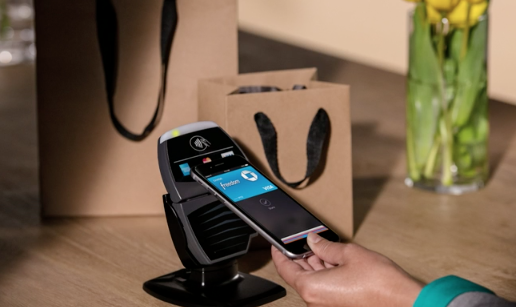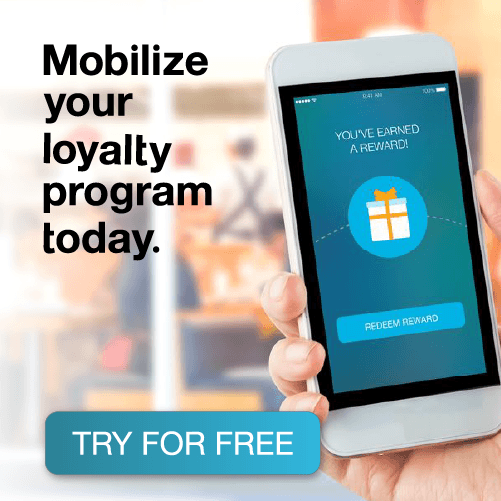
2 years ago when Apple released Passbook, it opened our eyes to a much wider world of digital, mobile transactions. For the past 2 years, there has been so much speculation on Apple’s positioning as a mobile payment facilitator based on its large database of credit cards through iTunes. And 2 years later, Apple has developed an entirely new payment process to replace the wallet – Apple Pay.
Traditionally, customers would have to dig in their bag to locate their bulky wallet, select a credit card, show their ID, and wait for the transaction to process to make a purchase.
With Apple Pay, it’s as simple as holding your iPhone 6, iPhone 6 Plus over a payment terminal with your thumbprint verification via Touch ID. Within seconds, your transaction is processed and you are well on your way. Apple Pay even works with Apple Watch – which truly takes mobile payments a leap further.

The new iPhone 6 and iPhone 6 Plus comes with NFC functionality, which makes mobile payments with Apple Pay possible. Apple is piloting this with several merchants in the US, and this seems promising and likely to become a full-blown global phenomenon.
Apple has done a fantastic job in focusing on the user experience and making it extremely easy for customers to transition to mobile payments through Apple Pay. Customers simply take a picture of their current plastic credit card through their device, verify their identity at their bank, and add to Passbook.
Once it’s there, customers simply make payments in-store through their device and Touch ID and even pay for items online using the same mechanism.
For e-commerce transactions, the process is simple: 1 touch checkout that is linked to a customers’ credit card in Passbook. Customers don’t need to enter their card number or address, and no credit card information is shared with the merchant. To facilitate even safer e-commerce transactions, there is a 1 time payment number associated with each purchase.
Apple has also addressed security and privacy issues with precision. Credit cards in Passbook don’t display the account number. Every transaction generates a 1 time payment number and dynamic security code, very much in contrast to the static CVC codes we see on plastic credit cards. Transactions are also kept solely between the consumer, merchant, and bank – without any intervention from Apple.
What your Business Needs to Know
People who have never used Passbook before will now suddenly see the value of this native wallet app. For businesses, Apple has made Passbook relevant to consumers, meaning that businesses should desire to have their brand sitting right next to their customers’ digital credit cards in Passbook.
Passbook has now become such prime real estate that it would only make sense for businesses to start converting their paper and plastic coupons, loyalty cards, tickets, and more into mobile wallet content – which can easily be done with PassKit.
Simply visit https://passkit.com/ to learn more and create your mobile wallet content at https://app.passkit.com to get started right away. You can have your brand in your customers’ smartphone in as little as 10 minutes.



